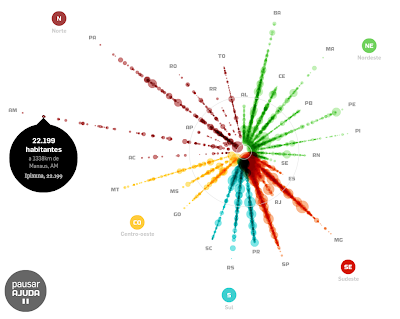
by the way: Happy Holidays Everyone!
Structured Procrastination on Cities, Transport Policy, Spatial Analysis, Demography, R





National Household Travel Survey
The National Household Travel Survey (NHTS) collect data on both long-distance and local travel by the American public. The joint survey gathers trip-related data such as mode of transportation, duration, distance and purpose of trip. It also gathers demographic, geographic, and economic data for analysis purposes. It is part of RITA.
OpenStreetMap
OpenStreetMap (by UCL) is a free editable map of the whole world. OpenStreetMap allows you to view, edit and use geographical data in a collaborative way from anywhere on Earth.
Gapminder Data
Gapminder is a popular technology and Web application for cross-visualisation of trends in time series of data. It also opens an archive of multiple datasets on diverse socio-economic indicators.